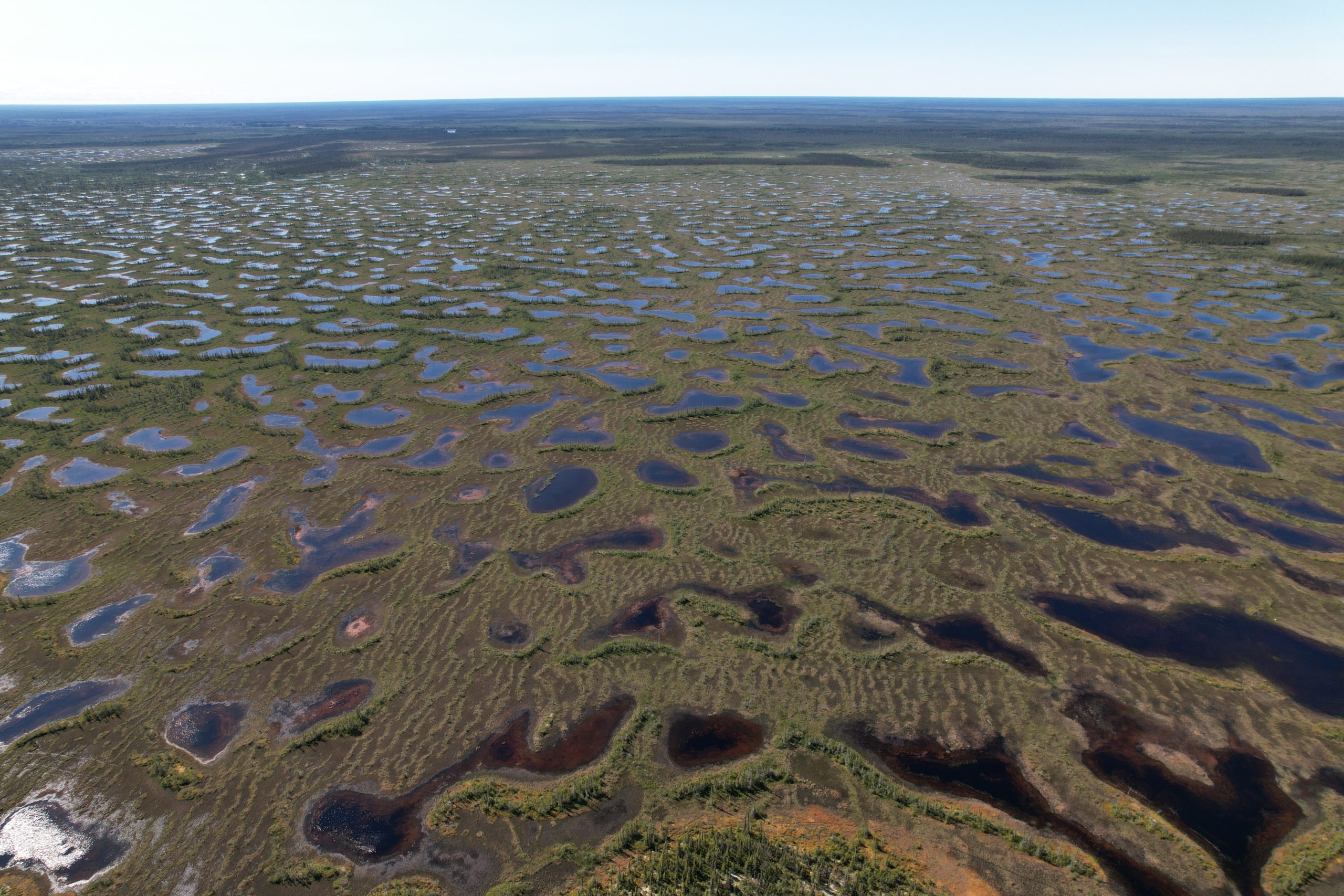Canada’s Peatlands: A Double-Edged Sword for Climate Fight
The vast and seemingly unassuming peatlands of Canada’s Hudson Bay region hold a crucial key to the planet’s climate future. These 90-million-acre ecosystems, stretching from northern Manitoba to Quebec, are not only biodiversity hotspots teeming with life but also potent carbon sinks. However, the delicate balance of these peatlands makes them vulnerable to disruption, presenting a double-edged sword in the fight against climate change.
A Haven of Biodiversity and Carbon Storage
The Hudson Bay peatlands are a vibrant ecosystem, supporting a diverse array of wildlife. Caribou herds roam the landscape, polar bears den in the ancient soils, and Arctic terns migrate thousands of miles to breed here. This rich biodiversity is intrinsically linked to the unique properties of peat, a water-saturated moss that forms the foundation of the ecosystem.
Peat’s acidic and anaerobic nature slows decomposition, allowing it to preserve organic matter for centuries. This remarkable ability also allows peatlands to store vast amounts of carbon, effectively locking it away from the atmosphere. The Hudson Bay peatlands, in particular, hold a significant percentage of the world’s soil carbon, making them a critical player in regulating global climate.
The Looming Threat: Disruption and Release
While peatlands act as valuable carbon sinks, they are also susceptible to environmental changes. Any disruption to the delicate balance of the ecosystem, such as rising temperatures, altered water tables, or industrial development, could trigger the release of the stored carbon back into the atmosphere. This would not only undermine efforts to mitigate climate change but also accelerate the very processes that threaten the peatlands themselves.
The potential consequences of disturbing these peatlands are significant. The release of massive amounts of stored carbon would exacerbate global warming, leading to further environmental degradation and potentially triggering feedback loops that amplify the effects of climate change.
Protecting the Peatlands: A Global Imperative
The Hudson Bay peatlands represent a vital natural resource that demands immediate attention and protection. Conservation efforts are crucial to maintain the integrity of the ecosystem and prevent the release of stored carbon. Sustainable land management practices, careful monitoring of environmental changes, and responsible industrial development are essential to safeguarding these invaluable ecosystems. Preserving the peatlands is not just a local issue; it’s a global imperative that requires international cooperation and a commitment to sustainable practices. By protecting these unique environments, we can harness their power to mitigate climate change and preserve the biodiversity they support for generations to come.
Based on materials: Vox





